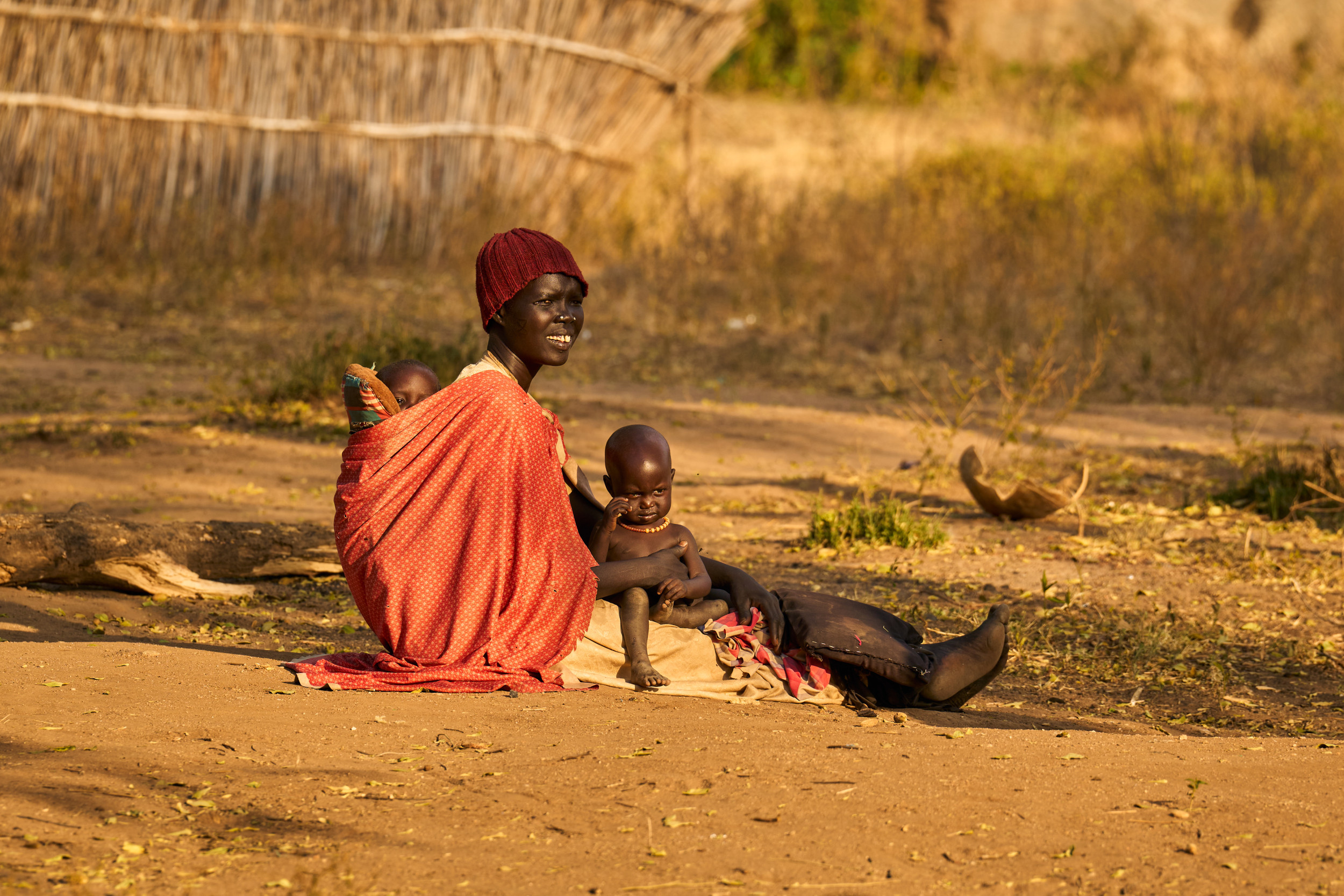Two years after reaching a population milestone of 8 billion in 2022, world demographics are still varying dramatically across different nations.
The Central Intelligence Agency (CIA) provides insightful data on population growth rates for 236 countries and territories through its World Factbook. Notably, 24 of the top 25 fastest-growing countries are located in Africa.
Leading the pack is South Sudan, which boasts an impressive 4.65% annual growth rate, while the United States sees a much lower increase of 0.67% per year. What’s fueling this population surge, and what implications does it have for the nations experiencing it?

Hector Ruiz Golobart/Getty Images
According to experts, cultural factors play a significant role. Many women in these regions opt for larger families, with even educated women wanting more children than in other global areas.
The accompanying map illustrates Africa’s countries with the steepest population growth rates:
Another critical factor is the continent’s youthful demographic. With more than 40% of the population under 15, Africa is positioned for potential economic growth. “This youth bulge can lead to a demographic dividend where a larger working-age population supports both the young and the elderly,” explains Channon. “If managed well, this could spur economic development and prosperity.”
However, rapid population increase comes with challenges, particularly for societies already at risk. Channon notes, “Population growth can exacerbate issues like climate change and conflict. Africa is home to nearly half of the world’s internally displaced persons, with conflict accounting for 13.5 million displacements last year and climate-related disasters causing an additional 6 million.”
Looking ahead, Channon believes fertility rates will decline in most sub-Saharan African nations, but they may remain higher than global averages for the foreseeable future. “People in this region typically desire larger families. Even with better access to contraception and education, high fertility rates are likely to persist for some time,” she says, adding a note of caution about predictions in this complex landscape.
